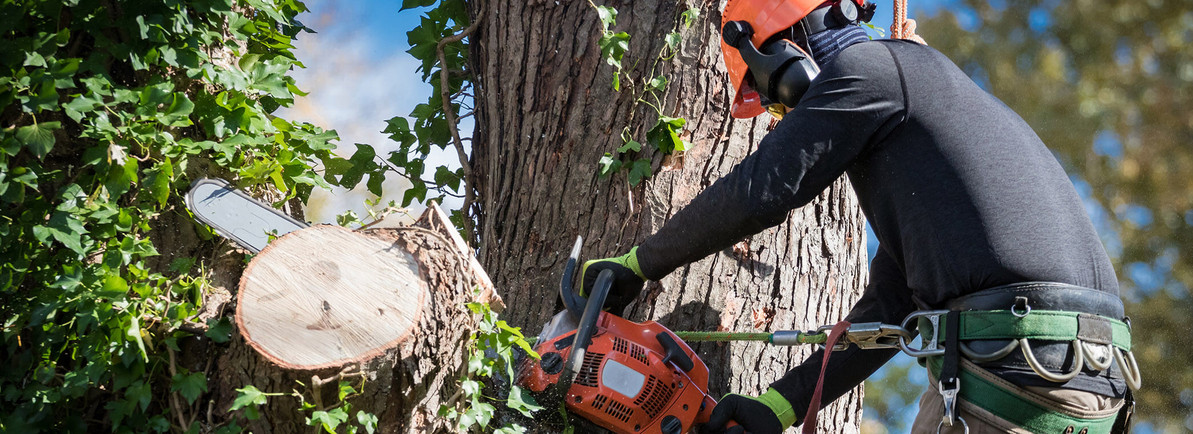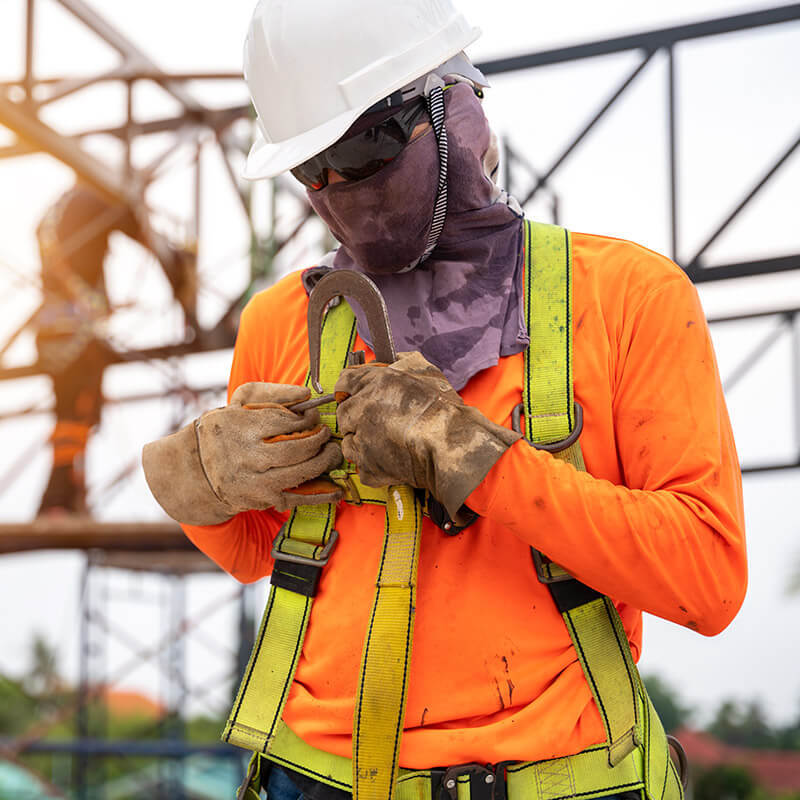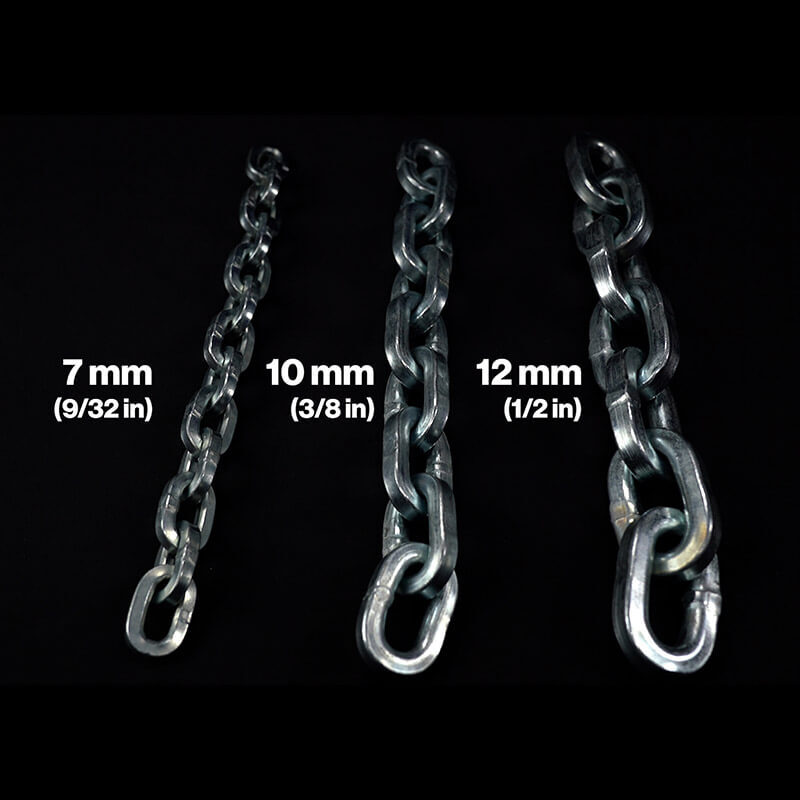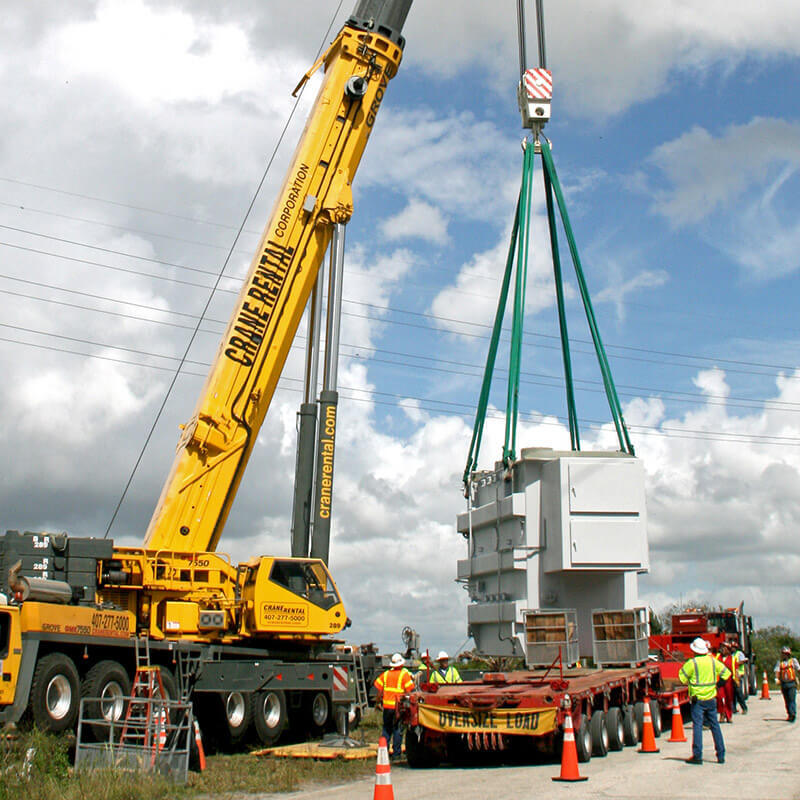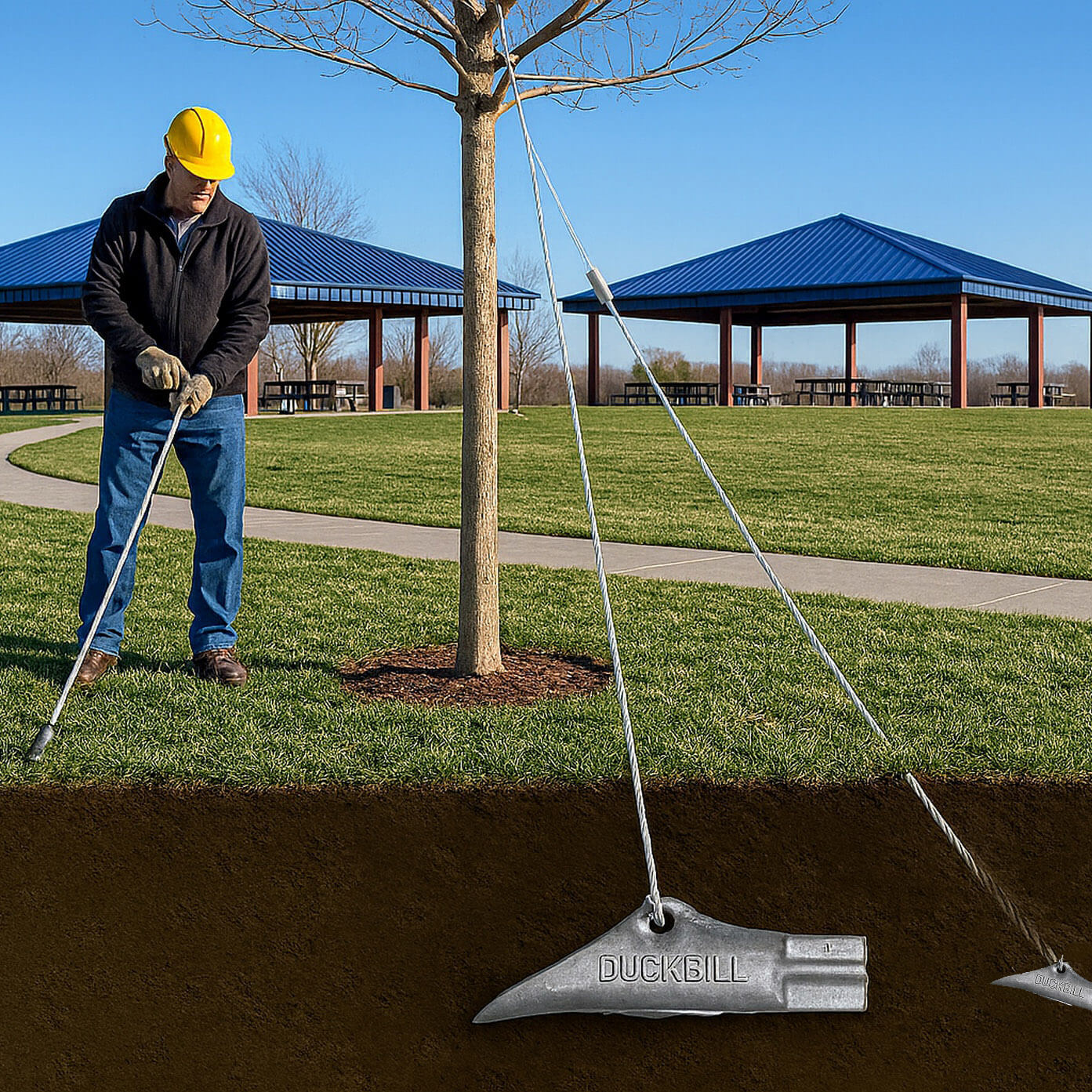What Equipment Does an Arborist Use?
Becoming a professional arborist requires an investment in specialized equipment designed for both safety and efficiency. Tree care demands a wide array of tools, from personal protective equipment (PPE) to advanced tree climbing and cutting gear, all of which should comply with recognized industry standards such as ANSI, OSHA, and ASME.
Key Takeaways:
- Arborists require specialized equipment to work safely and efficiently.
- ANSI/ISEA, OSHA, and ASME standards are critical when selecting gear.
- The right tools enable high-quality tree care and ensure regulatory compliance.
- Lifting.com offers a comprehensive selection of arborist equipment ready for immediate shipping.
Essential Safety Gear for Arborists
Personal Protective Equipment (PPE) is the first line of defense for arborists. Common risks include falling debris, sharp tools, and excessive noise. Therefore, PPE should meet applicable standards:
- Helmets: Protect against impact from falling objects. Helmets like the Petzl Vertex meet ANSI/ISEA Z89.1 standards.
- Eye Protection: ANSI Z87.1-compliant safety glasses or goggles shield against airborne debris.
- Ear Protection: Earplugs or earmuffs should meet ANSI S3.19 standards to protect from high-decibel equipment like chainsaws.
Professionals often develop preferences for specific gear brands and configurations based on comfort and job requirements. Investing in compliant, high-quality PPE enhances both safety and long-term job performance.
Climbing Equipment
Arborist climbing gear must be reliable, ergonomic, and built to handle the demands of elevated, high-risk work. OSHA 1910/1926 and ANSI Z133 standards apply to fall protection and rope access systems.
Core climbing tools include:
- Climbing Harnesses: Designed for support and comfort at height, compliant with ANSI Z359.
- Ropes: Made from durable, weather-resistant materials like polyester or nylon; should meet ANSI Z133 performance guidelines.
- Ascenders & Descenders: Allow for controlled vertical movement and secure positioning in trees.
Each job’s scope dictates equipment choices, including rope diameter, harness style, and auxiliary climbing hardware.
Cutting and Pruning Tools
Cutting tasks are central to arboriculture and demand sharp, reliable tools. Chainsaw operation, for instance, is regulated under OSHA 1910.266, which emphasizes proper PPE and tool maintenance.
Common arborist cutting tools include:
- Chainsaws: Ideal for large branches and trunk sections. Husqvarna and Stihl are industry standards. Chainsaws should always be used with a lanyard (e.g., Petzl chainsaw lanyard) to secure them during aerial work.
- Hand Pruners & Loppers: Used for finer pruning tasks. Available in bypass, anvil, and ratchet styles.
- Pruning Saws: Offer precision for shaping and detail work on smaller limbs.
Tool choice depends on branch diameter, pruning goal, and operational height.
Maintenance and Best Practices
Routine inspection and care of arborist gear are essential. Best practices include:
- Sharpening chainsaws regularly
- Cleaning and oiling hand tools
- Inspecting climbing ropes and harnesses for wear or damage
- Replacing worn or non-compliant gear promptly
Proper maintenance extends equipment lifespan and ensures continued compliance with safety regulations.
Conclusion
High-quality, standards-compliant tools are the backbone of professional tree care. Arborists who invest in the right gear not only protect themselves but also deliver exceptional service.
At Bishop Lifting, we stock a complete range of arborist equipment ready to ship. Visit lifting.com to explore our full selection, including helmets, harnesses, climbing ropes, and PPE accessories.
FAQ
What are the most essential tools for an arborist? Key essentials include ANSI-compliant PPE, climbing harnesses, durable ropes, and high-quality cutting tools like chainsaws and pruners.
What type of chainsaw is best for tree pruning? Gas-powered chainsaws with 12"–24" bars are most common. Brands like Husqvarna and Stihl offer arborist-rated models.
What safety standards apply to arborist equipment? Look for compliance with OSHA 1910/1926, ANSI Z133, Z89.1, Z87.1, Z359, and S3.19 depending on the gear category.
How do arborists choose the right climbing gear? They consider job height, tree type, equipment weight, and compatibility. ANSI Z133 compliance is essential.
How should arborist equipment be maintained? Perform routine inspections, clean and lubricate tools, and replace damaged or outdated gear promptly.
What Is a Kernmantle Rope Used For?
Nov 21st 2025
What Is a Fall Protection Harness?
Nov 14th 2025
What are the four components of a PFAS?
Nov 7th 2025
Is Palmer Safety OSHA Compliant?
Nov 3rd 2025
What’s the Hardest Chain to Cut?
Oct 20th 2025
What are the most common tools used in rigging?
Oct 13th 2025
What Is the Strongest Security Chain?
Oct 7th 2025
Are Pewag Chains Good?
Oct 3rd 2025
What Are DuckBill Anchors Used For?
Sep 26th 2025

